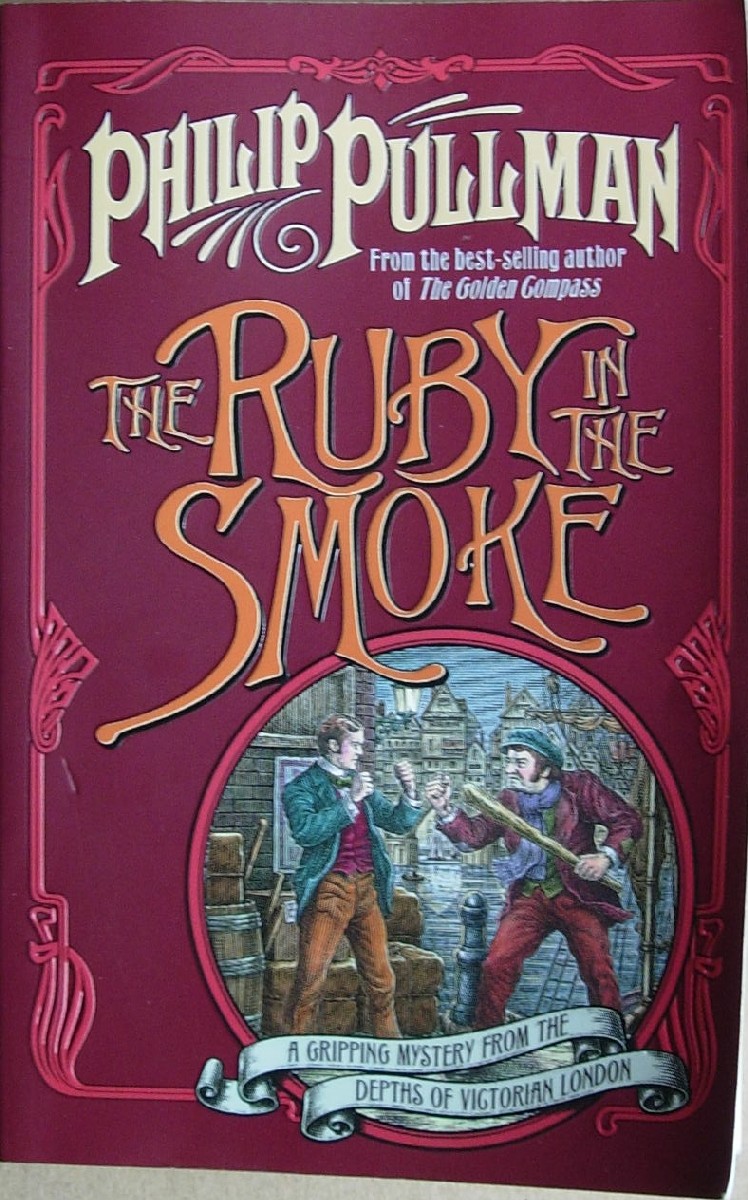We journeyed back into some unspecified time and location this month when we opened the covers of Joan Aiken's 1974 classic, Midnight is a Place. With grotesque characters, a bleak and snowy countryside, a pair of ragged orphans - and a grimy mill town with an extraordinarily high workplace accident rate - it was redolent with parodic echoes of Charles Dickens and Mrs Gaskell at their most melodramatic. It's reminiscent too of The Secret Garden and Jane Eyre. While we winced at the author's use of "oop north" dialect to distinguish the workers from the gentry, the Boz-like illustrations by Pat Marriott added to the illusion of being somewhere in Victorian industrial England, most likely beyond the Watford Gap ...

Born in 1924, Aiken was the daughter of Pulitzer Prize-winning American poet Conrad Aiken and the step-daughter of novelist and poet Martin Armstrong. Home-educated between the wars on a diet of much Victorian literature and early 20th century writing, her heritage is unmistakeable. This is a quirky book, stuffed with inventive and memorable imagery, and fascinating ideas that appeal to children and adults alike.
Those who had read Midnight is a Place when they were younger recalled most vividly the scenes in the carpet factory: particularly the enormous press thundering terrifyingly down from the roof to squash any little clot snatcher too slow to get out of the way. As adults, we were each struck by any number of tiny and imaginative details: Handel's tuning fork, a grandmother living in a Georgian ice-house, loaves of bread baked with chestnut flour, the red coat, a mediaeval jewelled saddle fished out of the sewers, the Friendly Society that's anything but ...
Aiken's beautifully observed young hero, Lucas, sets out the central thesis in his schoolroom essay in the opening pages: "Industry is a good thing because it is better to work in a carpet factory than to be out in the rain with nothing to eat". He then spends the rest of the book discovering the truth about this middle-class perspective on the lot of the poor. Thrown together with the fiercely independent young French girl, Anna-Marie, and then abandoned to their own devices, the children are subjected to a series of trials and hardships so monumentally awful, in a winter so cold and dreadful, that you just long for the first sign of spring to bring some relief! There's surprising tragedy too, including a ghastly and unexpected fight to the death with a piece of industrial equipment.
One interesting theme in Midnight is a Place is that of the role of the music teacher being used as a device to cross the divide between the gentry and the working classes. We think this may occur in other books too - we just need to confirm this with a few examples.
Finally, the consensus was that (although the story was initially hard to get into) most of us were "gripped without loving it". Almost too darkly melodramatic - rainswept, snowy, cold and filthy - and with any number of convenient plot twists advancing to a rapid conclusion, Midnight is a Place has just a slight tinge of a Victoria Wood Christmas Special.
Next month we're off to a boys' prep school when we're reviewing Jennings' Little Hut by Anthony Buckeridge (1951). Supersonic!


